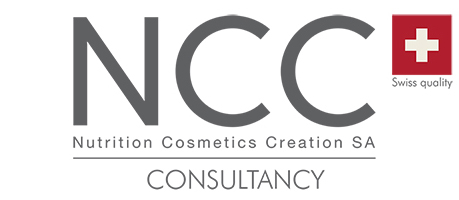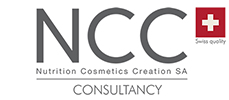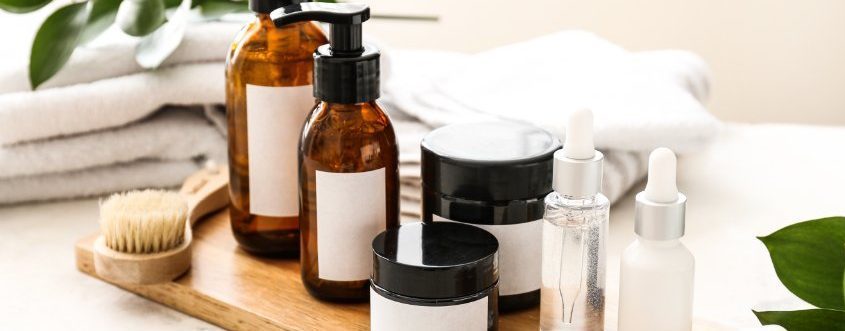The cosmetic industry is vast and ever-evolving, with numerous products flooding the market each year. As consumers become more conscious about the products, it is crucial for manufacturers to prioritize the efficacy and safety. Thorough testing is essential to ensure that cosmetic products meet the necessary standards before they are released to the market. This article will outline key steps involved in testing the efficacy and safety of a cosmetic product, providing insights into the importance of each stage.
Formulation and Ingredients Selection
The first step in testing the efficacy and safety of a cosmetic product is the formulation and ingredient selection. Hence, manufacturers should meticulously choose ingredients that are known to be safe and suitable for the product intended purpose. This involves conducting extensive research on the ingredients’ properties, potential side effects, and compatibility with other components.
Product Stability Testing
Product stability testing is crucial to determine the shelf life and stability of a cosmetic product. It involves subjecting the product to various environmental conditions such as temperature, humidity, and light exposure over an extended period. This testing helps identify any potential changes in the product’s appearance, texture, fragrance, or efficacy.
By ensuring product stability, manufacturers can guarantee consistent quality throughout its shelf life.
Irritation and Sensitivity Testing
To assess the safety of a cosmetic product, irritation and sensitivity testing on human subjects is conducted. This involves applying the product to a small area of skin and monitoring any adverse reactions, such as redness, itching, or swelling. These tests help identify potential allergens or irritants present in the product. Sensitivity testing can also involve patch testing.



.
.
.

Safety Assessment
A comprehensive safety assessment is a vital step in evaluating the safety of a cosmetic product. This assessment includes evaluating the potential risks associated with product usage and determining the concentration limits for certain ingredients. Therefore, safety assessments are conducted by toxicologists who consider factors such as exposure, duration of use, and potential cumulative effects. The aim is to ensure that the product poses no significant risk to the consumer when used as intended.
Then, Efficacy Testing
Efficacy testing is crucial to determine whether a cosmetic product delivers the claimed benefits. This testing can involve various methods, depending on the product’s purpose. For example, anti-aging creams may undergo tests to assess their ability to reduce wrinkles or improve skin elasticity. On their side, makeup products may undergo tests to evaluate their coverage, longevity, or waterproof properties. Efficacy testing should be conducted using reliable and validated methods to provide accurate results.
Microbiological Testing
Cosmetic products are susceptible to microbial contamination, which can lead to health risks for consumers. Microbiological testing involves analyzing the product for the presence of bacteria, yeast, mold, and other microorganisms. This testing ensures that the product meets acceptable microbial limits and is free from harmful pathogens. Preservative efficacy testing is also conducted to verify the effectiveness of preservatives in preventing microbial growth throughout the product’s shelf life.
How Do You Know If Cosmetic Products Are Safe?
Ensuring the safety of cosmetic products involves multiple factors and considerations. Here are some key aspects that help determine if a cosmetic product is safe:
Regulatory Compliance
Cosmetic products are subject to regulations and guidelines set by government agencies in different countries. For instance, in the United States, the Food and Drug Administration (FDA) regulates cosmetics, while the European Union has the European Cosmetics Regulation. Compliance with these regulations ensures that the product meets specific safety standards and has undergone necessary testing before it reaches the market.
Ingredient Safety
The safety of cosmetic products heavily relies on the safety of their ingredients. Cosmetic manufacturers should conduct thorough research on the ingredients they use, ensuring they are considered safe for their intended use. This involves evaluating scientific data, toxicity studies, and any potential adverse effects associated with the ingredients. Commonly accepted databases like the Cosmetic Ingredient Review (CIR) or the European Chemicals Agency (ECHA) can provide valuable information on the safety of cosmetic ingredients.
.
.
.
.


.

.

Testing and Evaluation
Rigorous testing plays a crucial role in determining the safety of cosmetic products. Various types of tests are conducted to assess the product’s potential risks and adverse effects. These tests can include irritation and sensitization testing, eye and skin safety testing, oral toxicity testing (if applicable), and microbiological testing to ensure freedom from harmful bacteria or pathogens. Additionally, stability testing evaluates how the product holds up over time, ensuring it remains safe and effective throughout its shelf life.
Good Manufacturing Practices (GMP)
Adhering to Good Manufacturing Practices is essential in ensuring the safety of cosmetic products. GMP involves maintaining stringent quality control measures throughout the manufacturing process, including proper handling, storage, and labeling of ingredients, following hygienic practices, and implementing quality assurance protocols. GMP helps
prevent contamination, cross-contamination, and ensures consistent quality and safety standards.
Post-Market Surveillance
Even after a cosmetic product is released to the market, post-market surveillance plays a vital role in monitoring its safety. This involves tracking consumer feedback, reports of adverse reactions, and conducting ongoing safety assessments. Manufacturers should have mechanisms in place to collect and analyze this information, allowing them to take appropriate action if any safety concerns arise.
Professional Expertise
Cosmetic manufacturers often consult with experts such as toxicologists, dermatologists, and other specialists to evaluate the safety of their products. These professionals bring their knowledge and expertise to assess potential risks associated with product ingredients, formulations, and usage.
CONCLUSION : How to test the efficience and the safety of a cosmetic product ?
Testing the efficacy and safety of a cosmetic product is a crucial aspect of product development and regulatory compliance. By following a rigorous testing protocol, manufacturers can ensure that their products meet the highest standards of quality, efficacy, and safety. From formulation and ingredient selection to comprehensive safety assessments and efficacy testing, each step plays a vital role in bringing a safe and effective cosmetic product to the market. By prioritizing thorough testing, manufacturers can gain consumer trust, enhance brand reputation, and contribute to the overall well-being of the consumers who use their products.
Nataly Komova, fitness and nutritionist expert
Human Nutrition & Health, BSc Hons
Website: https://justcbdstore.com/nataly-komova-2/
To read too:
- White label, a solution?
- Probiotics: What is this new trend consisting of bacteria for In & Out use?
- Cosmetic Packaging: Airless, bio-sourced & refillable for greener products
- Cosmetics: towards green formulation
- Powdered cosmetics, a trend to follow?
- Regulation and development of cosmetic ranges or well-being products
- https://www.instagram.com/mesactifsprecieuxbyncc/
Do you want to develop new products? Discover our free In&Out product catalogue!



